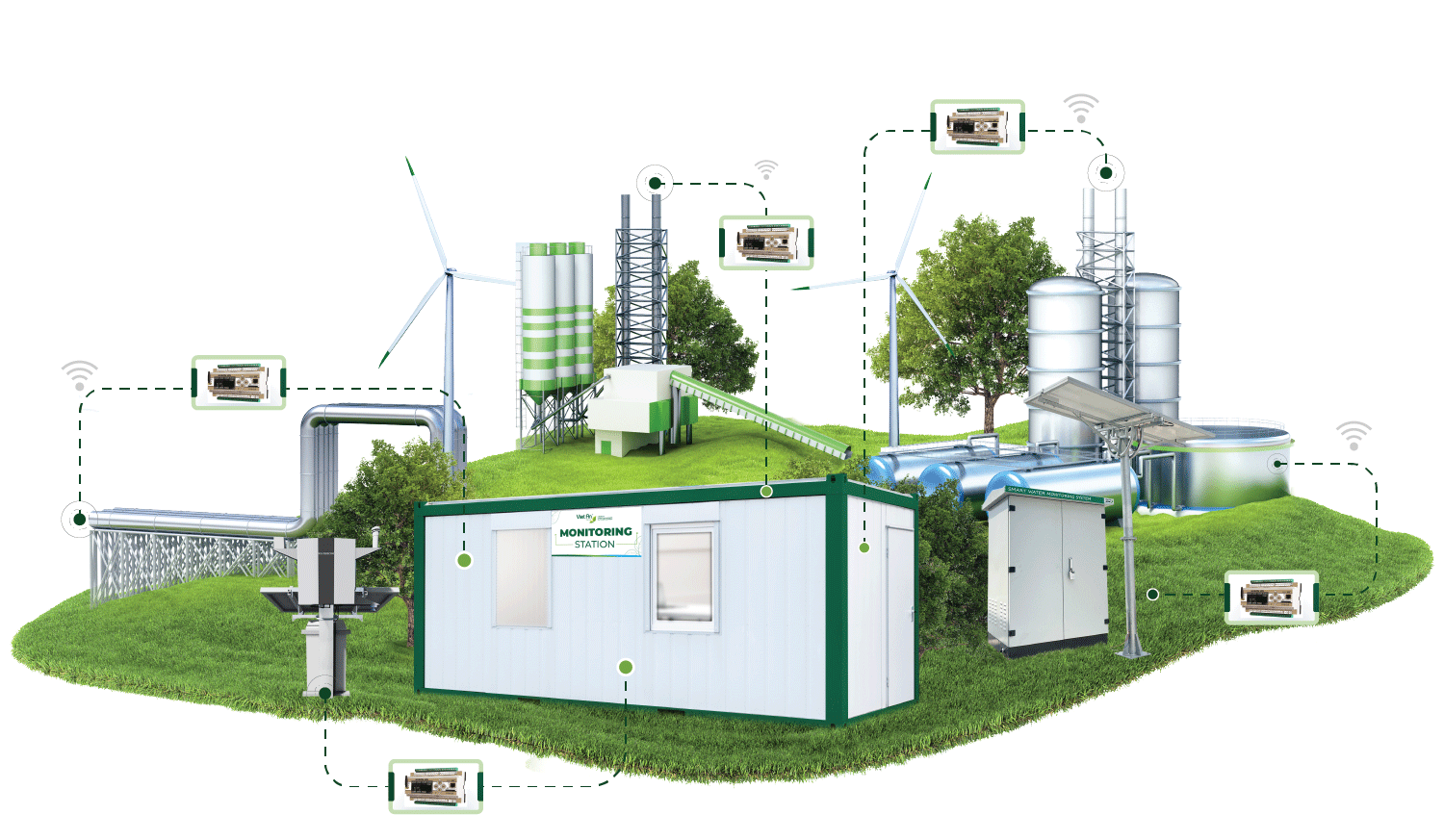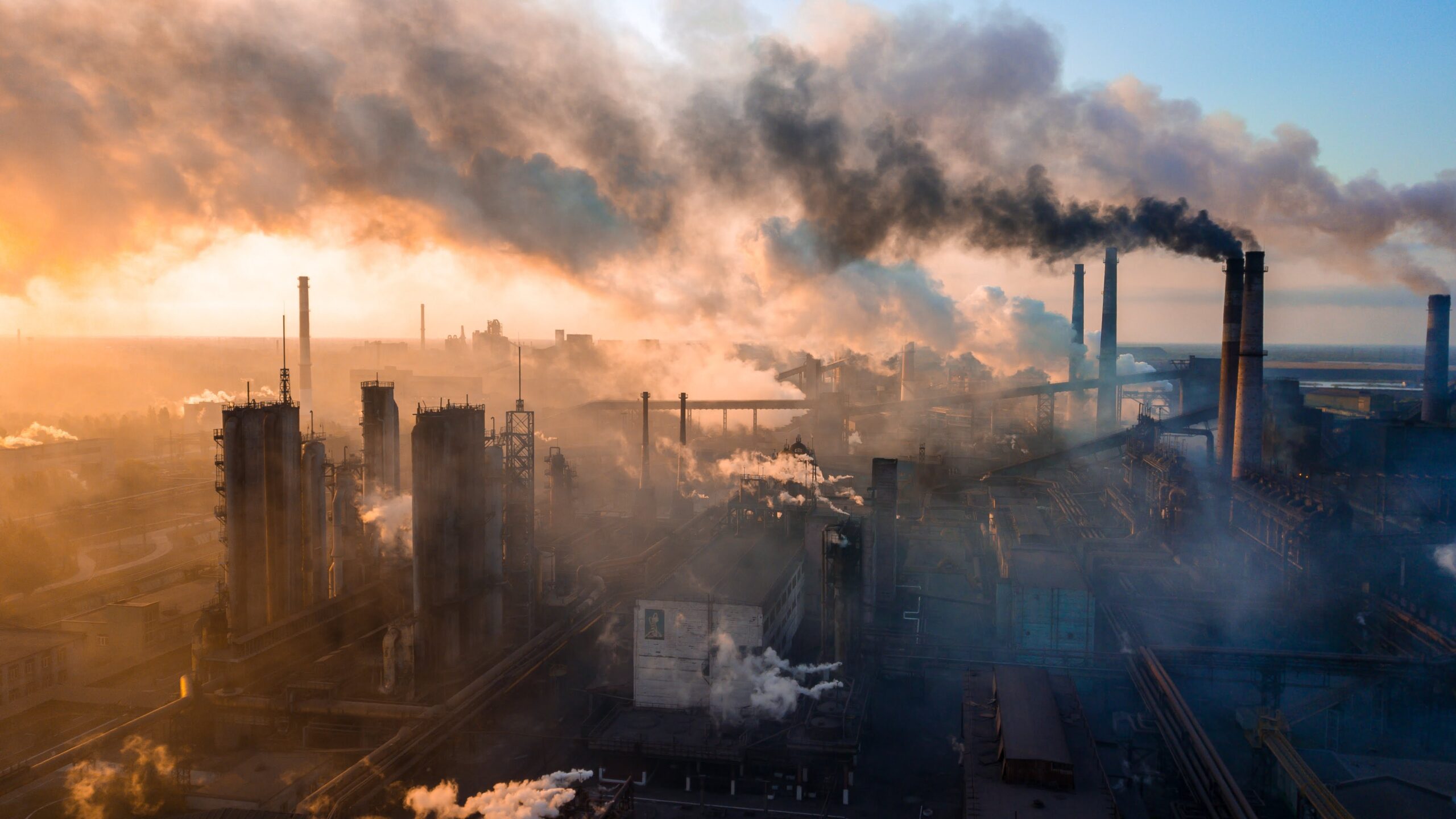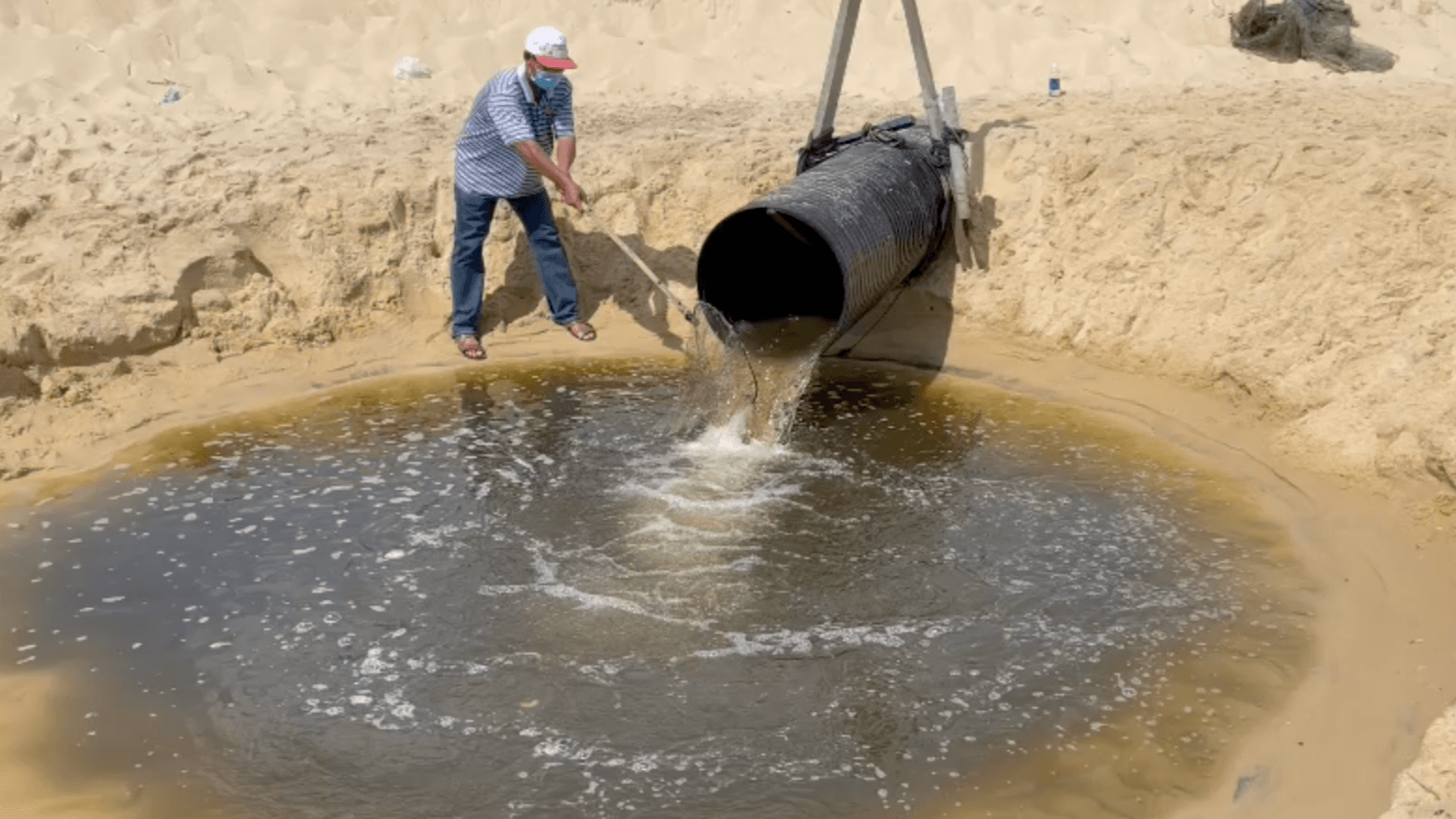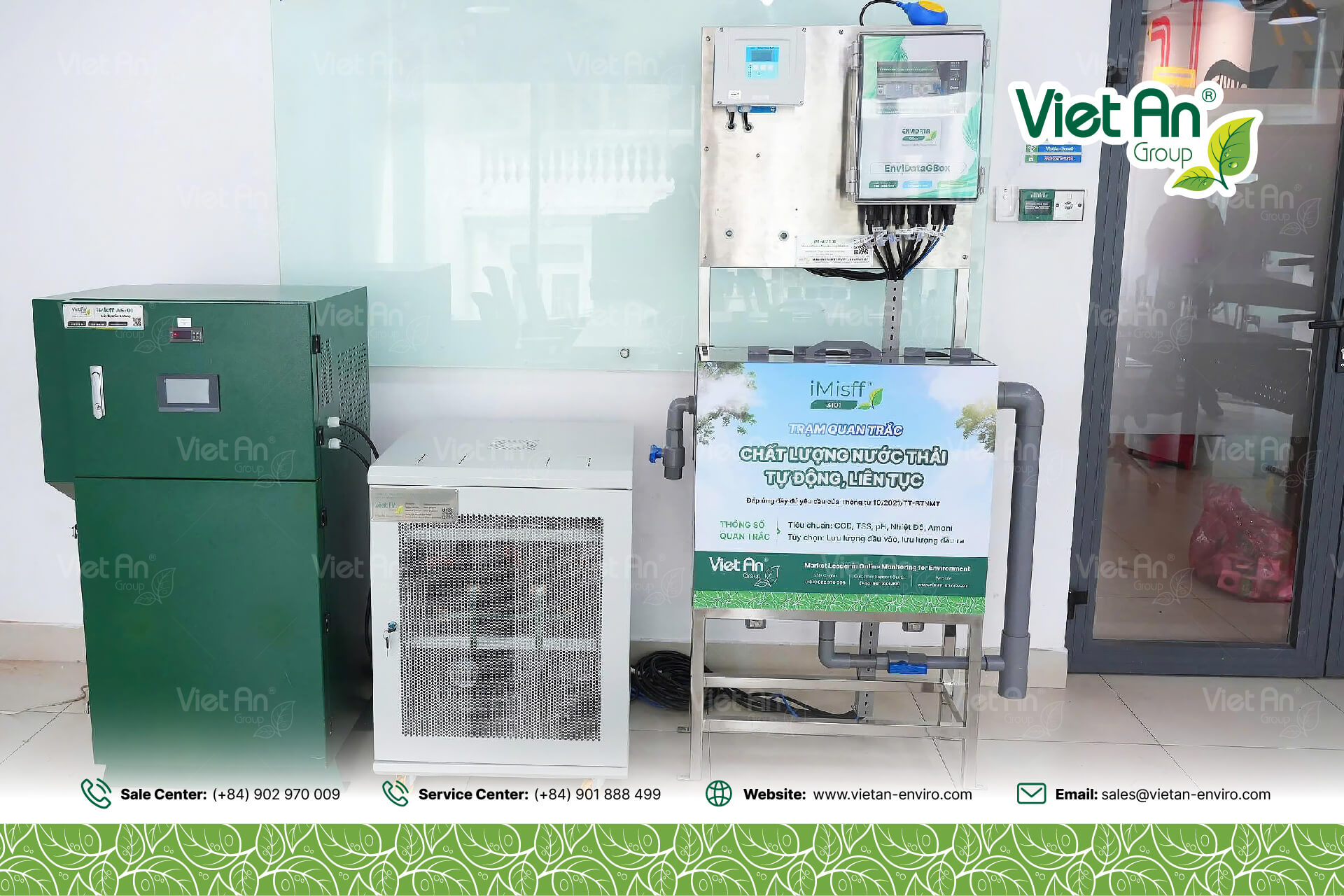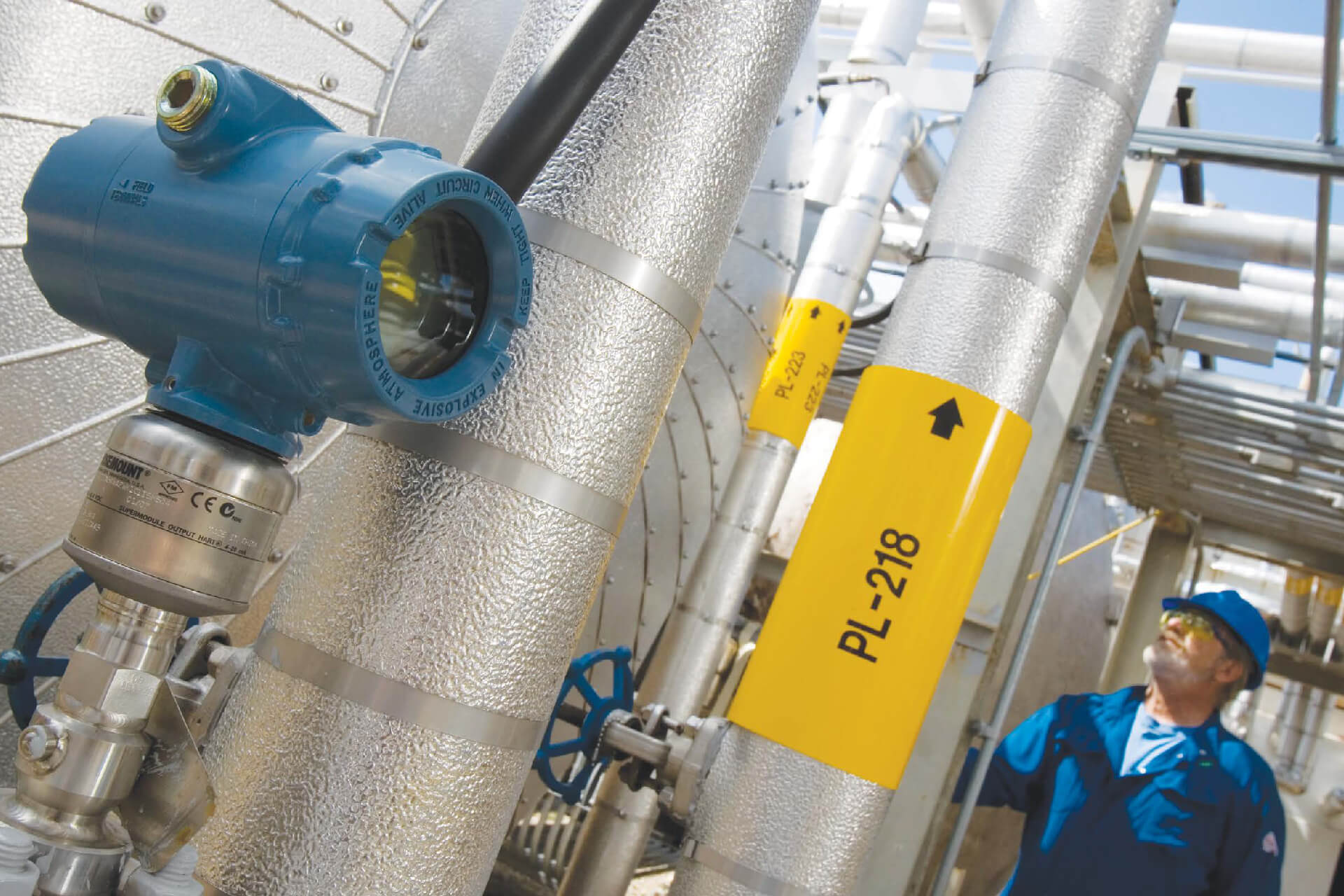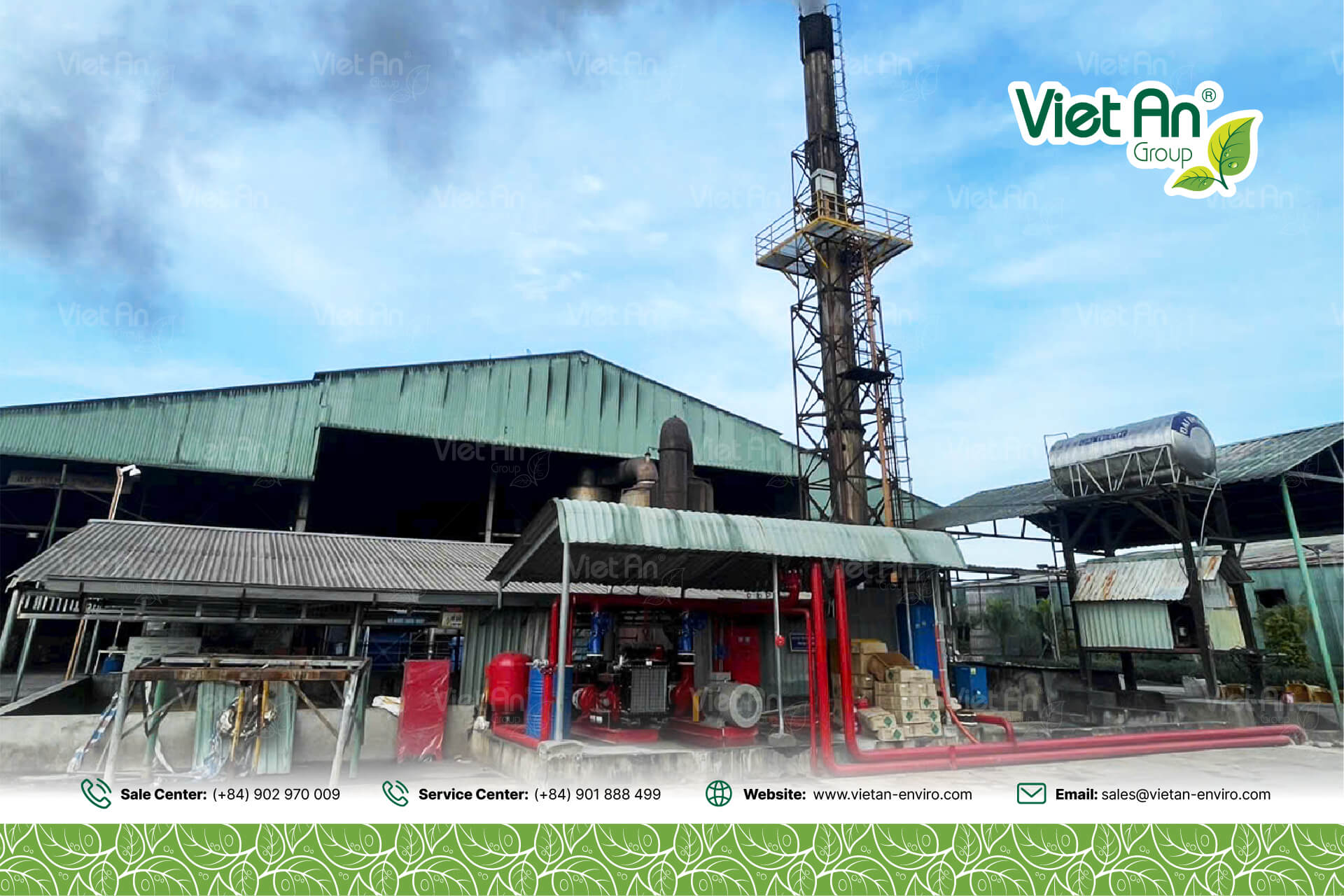Domestic wastewater generated from daily activities such as bathing, laundry, and cooking, containing many pollutants that can negatively affect the environment and human health. Therefore, the treatment, recycling, and environmental monitoring: wastewater from residential areas, urban zones, apartment complexes, etc., effectively is crucial to prevent pollution and protect clean water sources.
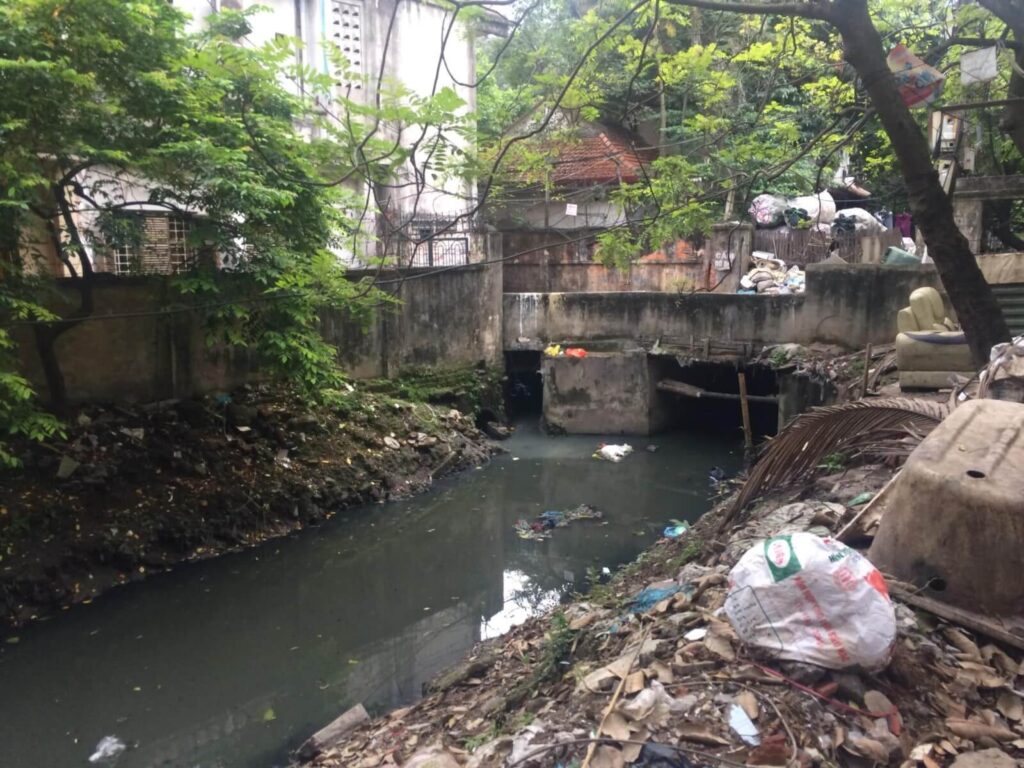
What is domestic wastewater?
Domestic wastewater is used water that arises from daily activities such as sanitation, laundry, bathing, cooking, etc., in residential areas, apartment complexes, companies, shopping centers, recreational areas, and more. This type of wastewater contains various sediments, debris, has an unpleasant odor, and negatively affects sanitation and urban aesthetics.
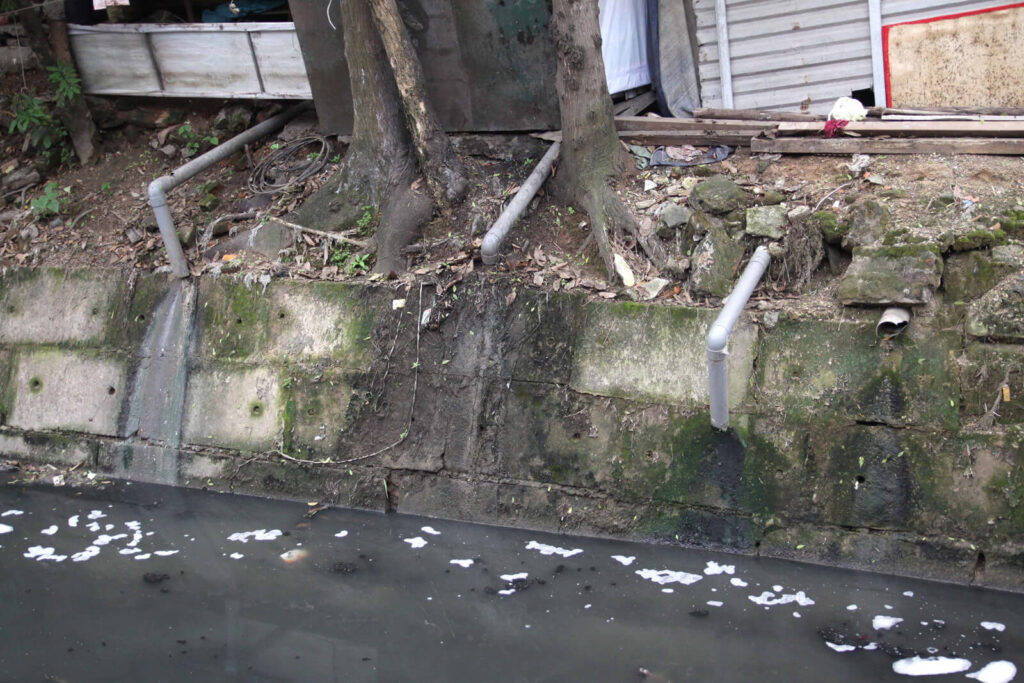
Components of domestic wastewater and the concentration of pollutants in domestic wastewater
The components and concentrations of pollutants in domestic wastewater vary depending on the source of discharge; however, it generally includes a variety of different:
- 52% organic matter: These compounds can dissolve in water and are assessed through indicators such as BOD and COD.
- 48% inorganic matter: This includes compounds such as nitrogen and phosphorus.
In addition, wastewater generated from daily activities also contains pathogenic microorganisms such as viruses and bacteria, which can cause serious diseases like cholera, dysentery, E. coli infections, and typhoid, posing significant harm to human health.
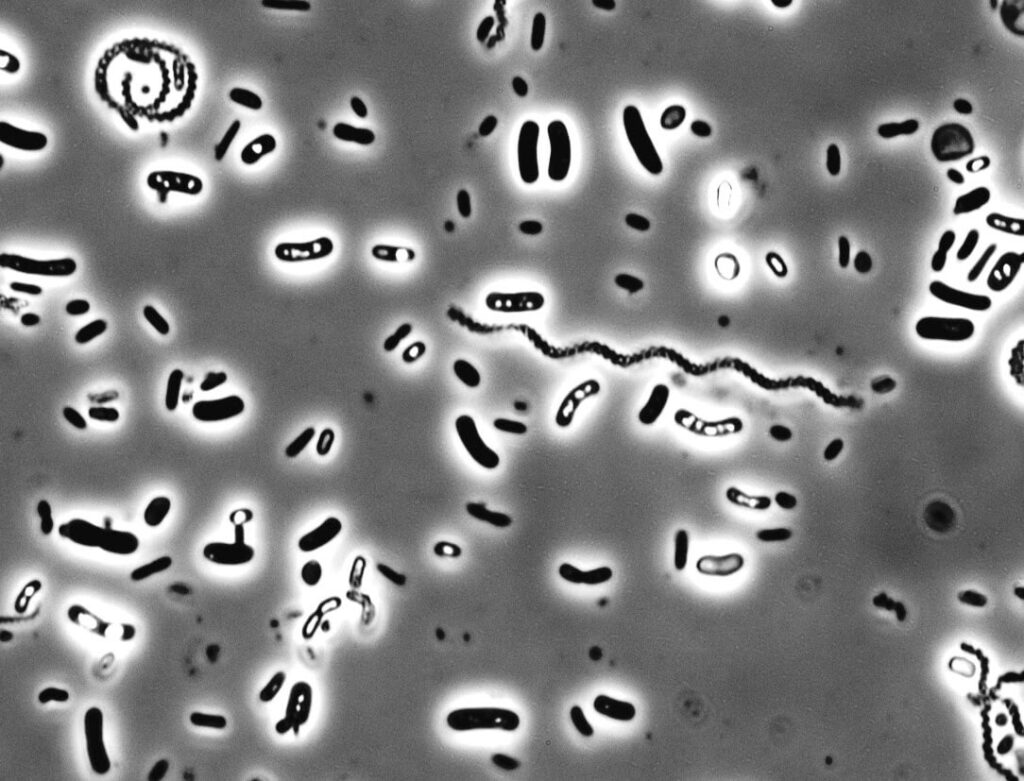
Impact of domestic wastewater pollution on the environment
Health experts have warned about the serious effects of domestic wastewater on the environment and human health.
Wastewater from domestic activities can pollute groundwater, canals and estuaries. When untreated, wastewater changes the properties of clean water, causing pollution by toxic chemicals, decomposing organic compounds and harmful microorganisms, thereby increasing the risk of disease for ecosystems and humans.
In addition, untreated wastewater often emits foul odors due to the decomposition of organic matter, which produces toxic gases such as H2S and CO2. These gases not only pollute the air but also contribute to the greenhouse effect, increasing the ambient temperature. Foul odors reduce the quality of life and can cause respiratory diseases.
Untreated wastewater can also seep into the ground, contaminating soil and groundwater. Toxic chemicals can enter crops and well water sources, causing serious consequences for human health.
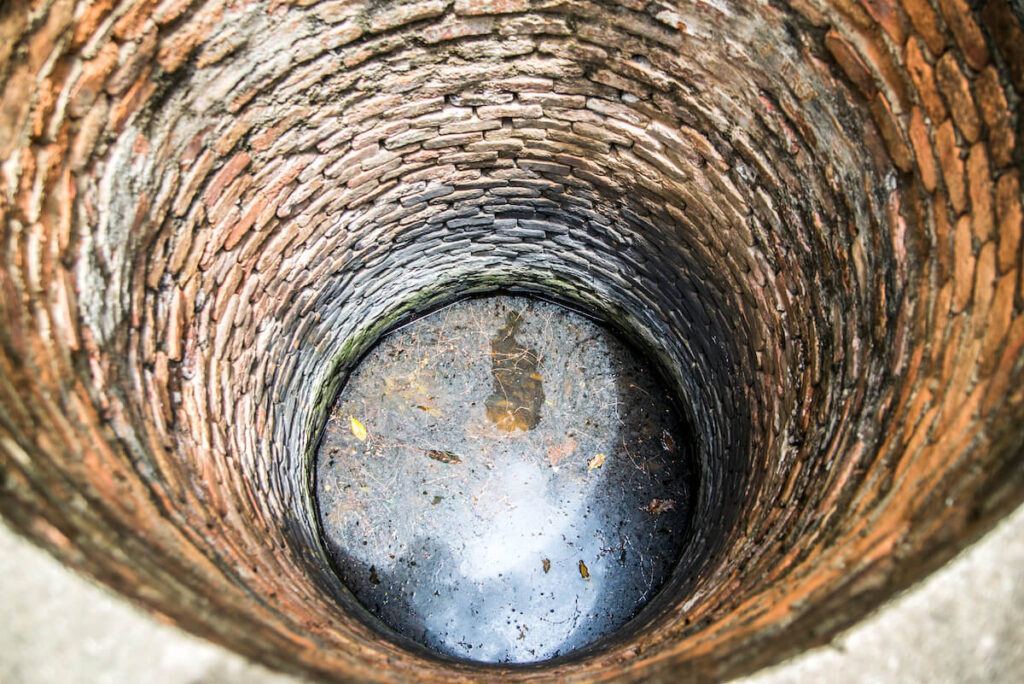
Exposure to contaminated domestic wastewater can lead to serious illnesses such as diarrhea, dermatitis, respiratory infections, food poisoning and cancer. Long-term exposure can also cause body toxicity and genetic mutations.
Domestic wastewater recycling solution
Recycling household, residential or urban wastewater is an important solution in protecting the environment and optimizing precious resources. Through comprehensive treatment methods such as mechanical, biological and chemical, wastewater is transformed into useful resources, helping to reduce waste and pollution.
Below are the applications of wastewater from domestic activities after being treated:
- Agricultural Irrigation: After being treated, wastewater can be used to irrigate crops, grass and trees in public areas and farms. This not only saves clean water but also promotes the sustainable development of the ecosystem.
- Industrial Applications: Treated wastewater can be used in industrial processes that do not require completely pure water, such as cooling equipment or washing non-food contact utensils. This reduces the need for clean water and saves costs.
- Cooling Systems: Treated wastewater can be reused in cooling systems of factories and manufacturing facilities, saving water and energy, while reducing environmental impact.
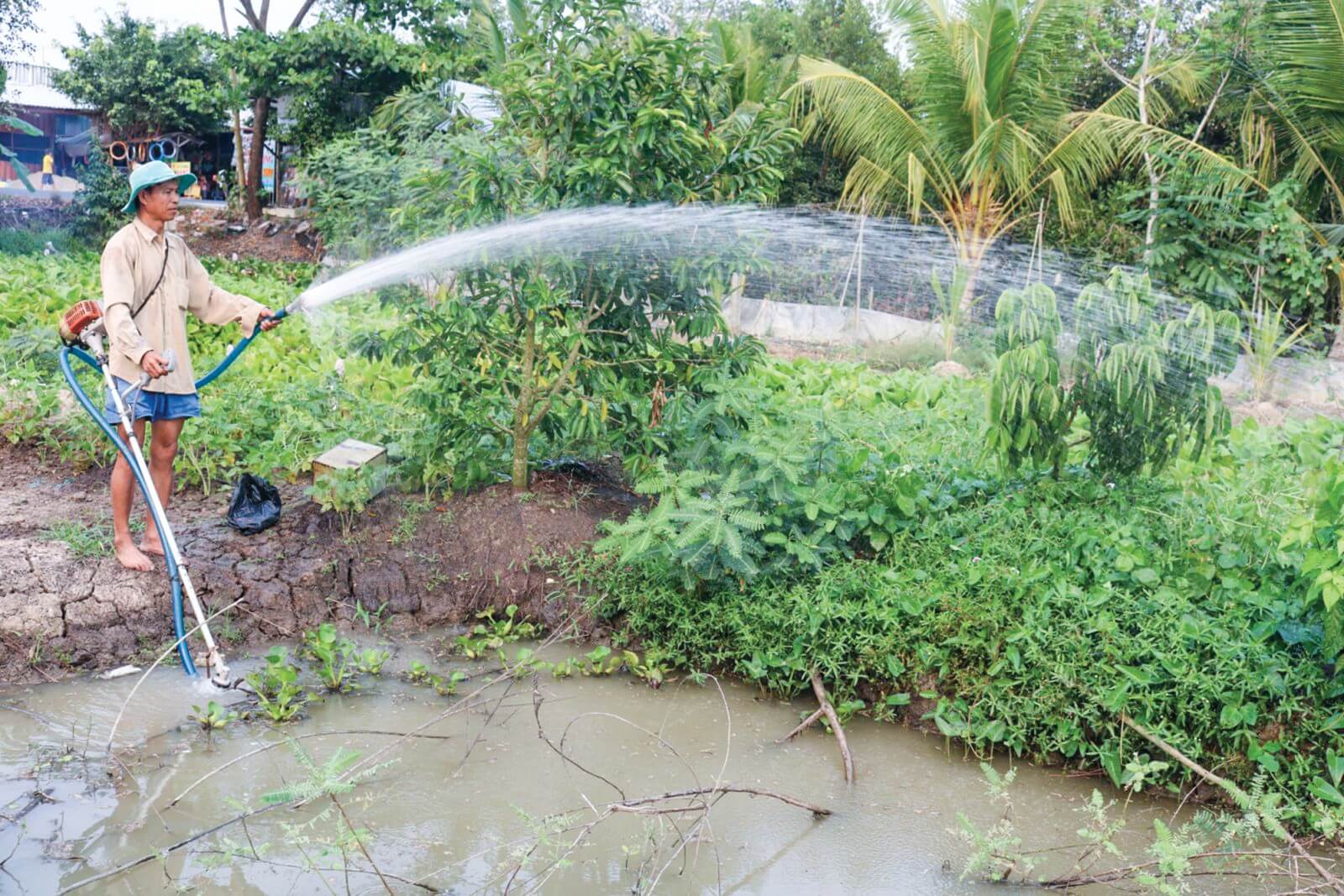
By recycling and reusing wastewater, we not only effectively treat this water source but also contribute to protecting water resources and reducing environmental pollution.
Domestic wastewater standards according to QCVN 14:2008/BTNMT
Currently, the national technical regulations on domestic wastewater are specified in detail in QCVN 14:2008/BTNMT, providing the maximum allowable limits of pollution parameters before being discharged into the environment. Accordingly, the C value of the pollution parameters is the basis for calculating the maximum allowable value Cmax that can be discharged into receiving water sources, as specified in Table 1.
| Ordinal number | Parameter | Unit | Values of C | |
| A | B | |||
| 1 | pH | – | 5 – 9 | 5 – 9 |
| 2 | BOD5 (200C) | mg/l | 30 | 50 |
| 3 | Total Suspended Solids (TSS) | mg/l | 50 | 100 |
| 4 | Total dissolved solids | mg/l | 500 | 1000 |
| 5 | Sulfide (calculated as H2S) | mg/l | 1.0 | 4.0 |
| 6 | Ammonia (expressed as N) | mg/l | 5 | 10 |
| 7 | Nitrat (NO3–) (tính theo N) | mg/l | 30 | 50 |
| 8 | Animal and vegetable fats | mg/l | 10 | 20 |
| 9 | Total surfactants | mg/l | 5 | 10 |
| 10 | Phosphate (PO43-) (as P) | mg/l | 6 | 10 |
| 11 | Total Coliforms | MPN/ 100ml | 3.000 | 5.000 |
Table 1: Values of pollution parameters used to calculate maximum allowable limits
Specifically:
- Column A specifies the C value of the pollution parameters as the basis for calculating the maximum allowable value in residential wastewater when discharged into water sources used for domestic water supply purposes (water quality equivalent to columns A1 and A2 of the national technical regulation on surface water quality).
- Column B specifies the C value of the pollution parameters as the basis for calculating the maximum allowable value in domestic wastewater when discharged into water sources not used for domestic water supply purposes (water quality equivalent to columns B1 and B2 of the national technical regulations on surface water quality or coastal seawater).
To ensure wastewater meets legal standards and protects the environment, units need to establish a system. quan trắc nước thải periodically or automatically, continuously. These systems help monitor wastewater quality accurately, detect pollution problems early and ensure timely treatment. Viet An, with advanced solutions in the field of environmental monitoring, is committed to supporting organizations and businesses in maintaining wastewater quality according to legal standards, contributing to environmental protection and public health.

Conclusion
Domestic wastewater treatment is essential to protect the environment and human health. Ensuring compliance with standards such as QCVN 14:2008/BTNMT helps prevent pollution and protect water resources. Viet An Enviro, with more than 1000 monitoring stations and 14 years of experience, is committed to providing high-quality environmental monitoring solutions and accompanying customers to protect the environment and optimize resources.
